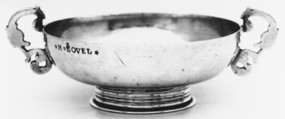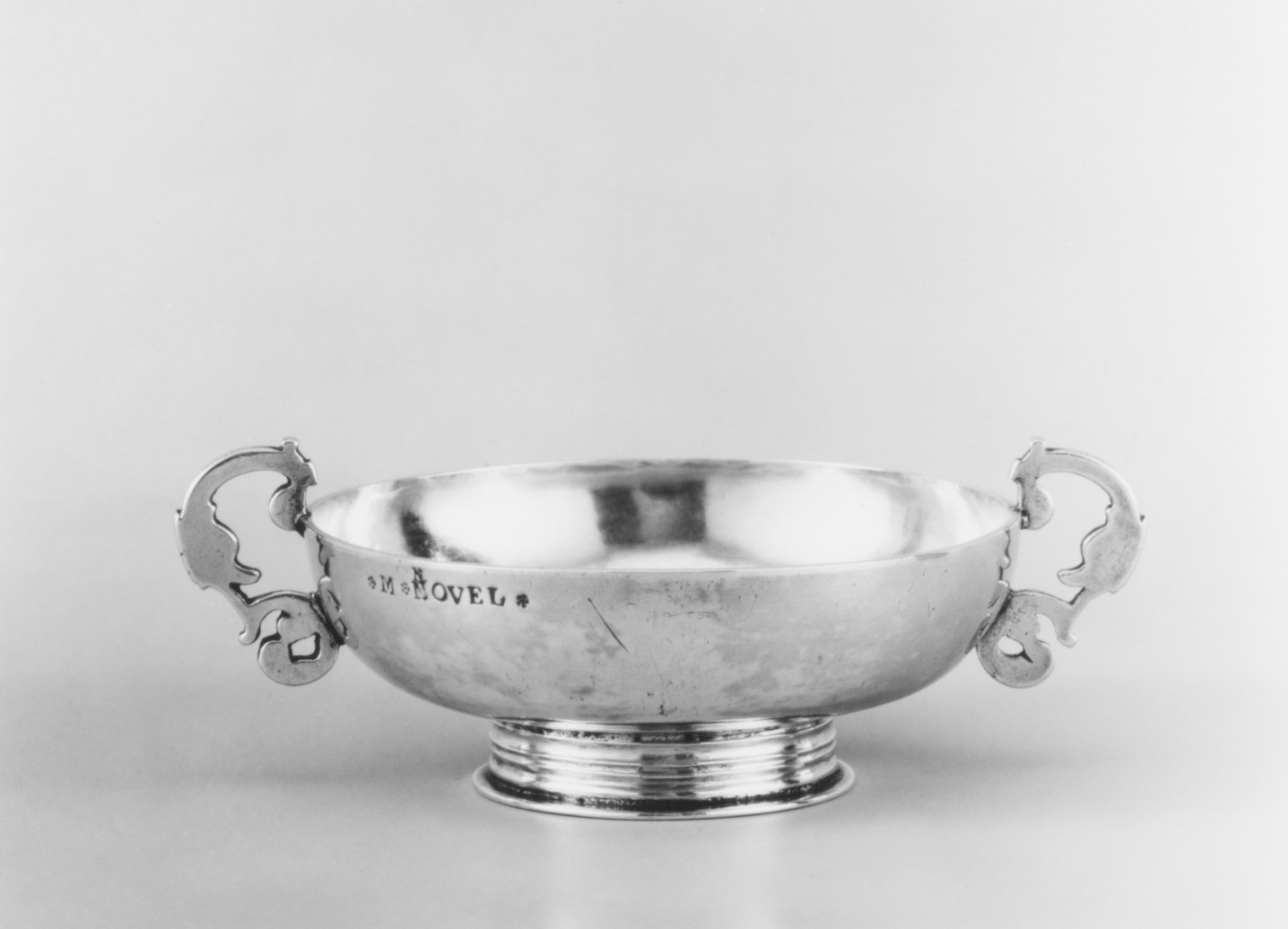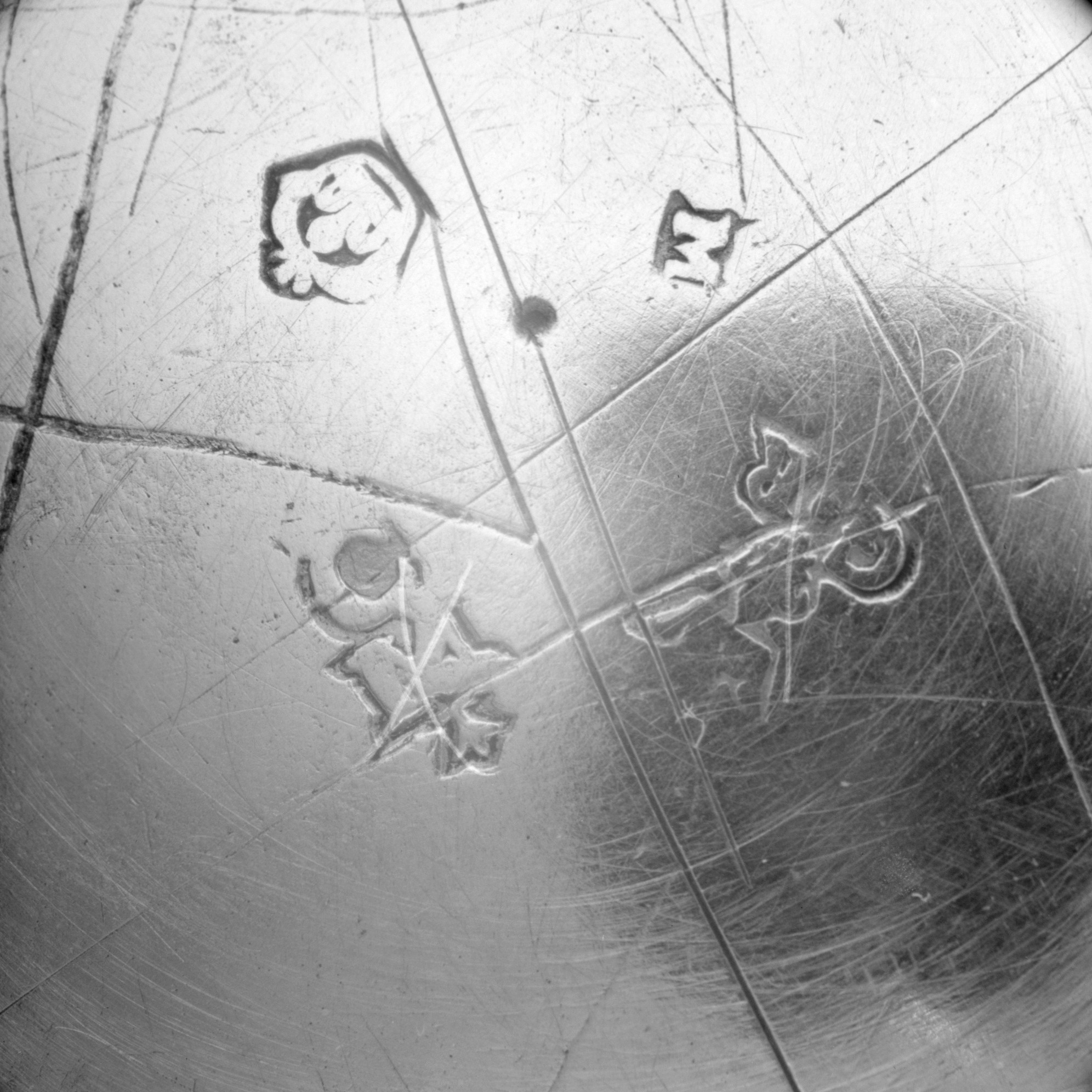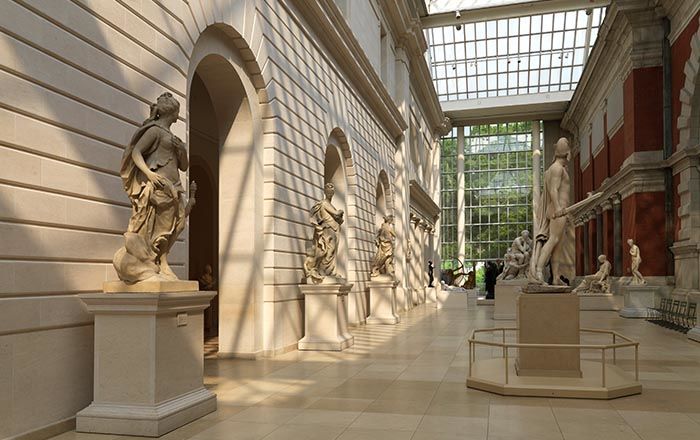Collection cup
Possibly Guillaume Le Roy
Not on view
Shallow silver drinking cups of this kind are known from the late 17th century and continue to be made well into the 18th century.
Described in contemporary inventories as “two-handled cups” they have become known as “marriage cups” or, sometimes, “women’s cups.” They seem to have been used at wedding celebrations and are often engraved with one or two names, likely the owners and possibly the names of a bride and groom.
All the two-handled cups of this type in The Met’s collection originated in the area around Rennes, Brittany. Examples in other collections come from Dijon and the wine-producing areas of Bordeaux and Burgundy.
This cup has a plain bowl engraved with a name and a horizontally reeded foot. The two flat dolphin-shaped handles relate to a similar cup at the Musée du Louvre, Paris, dated to the late 17th century.
Daughter of one of the founders of the Weyerhaeuser Timber Company, Catherine D. Wentworth (1865–1948) was an art student and painter who lived in France for thirty years. She became one of the most important American collectors of eighteenth-century French silver and on her death in 1948 bequeathed part of her significant collection of silver, gold boxes, French furniture and textiles to the Metropolitan Museum. The collection is particularly strong in domestic silver, much of it provincial, and includes several rare early pieces.
This image cannot be enlarged, viewed at full screen, or downloaded.
This artwork is meant to be viewed from right to left. Scroll left to view more.





